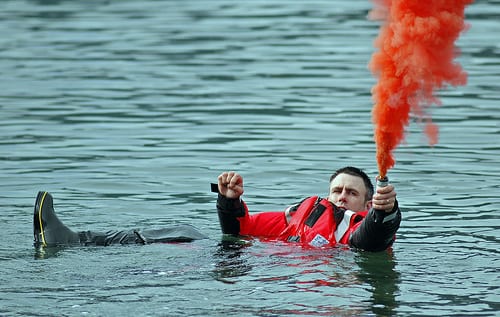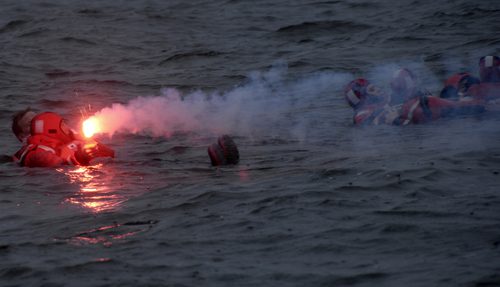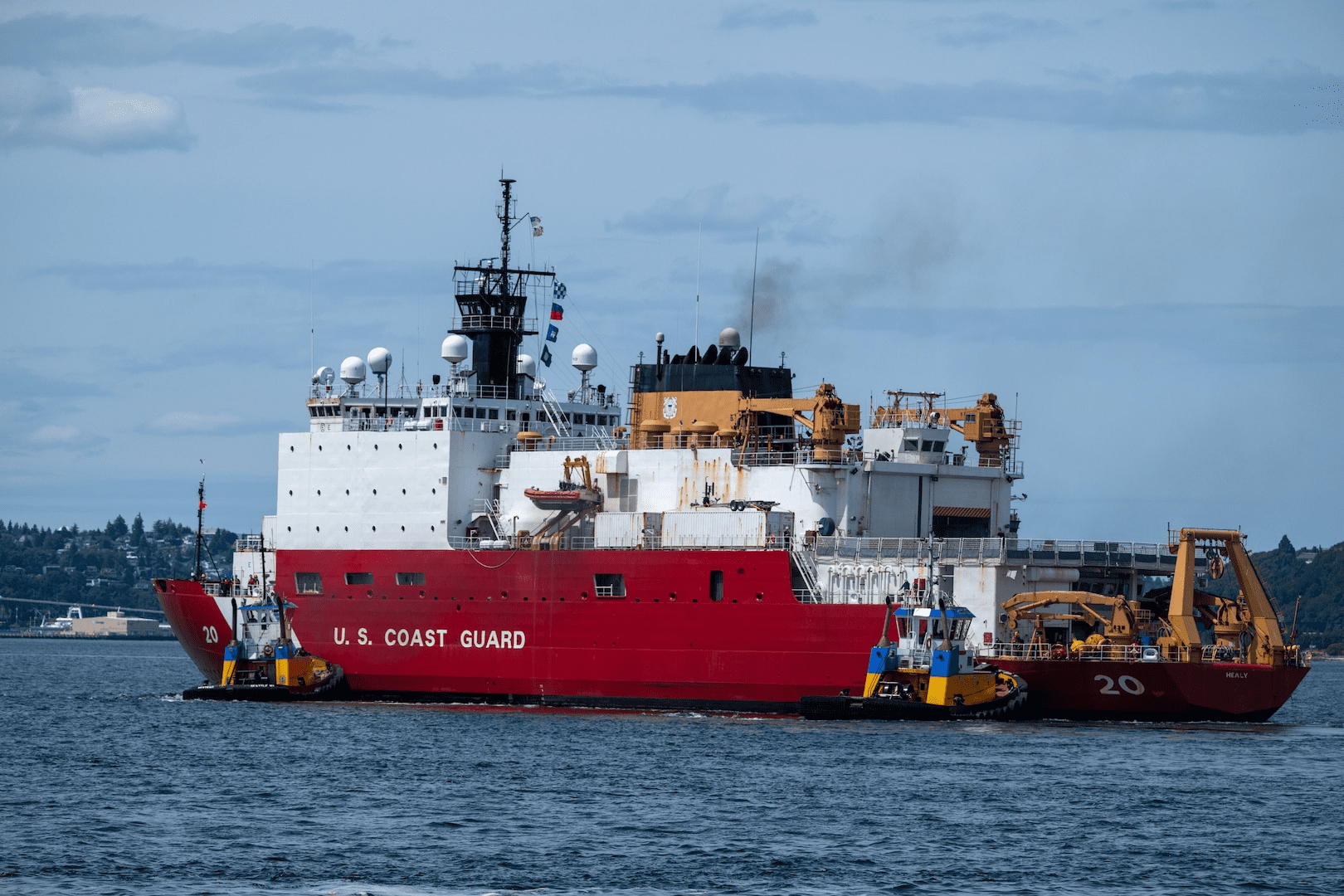
Imagine, if you can, the confluence of events that would have to take place to leave you with marine flares being your primary method of signaling distress. The number of devices that have to fail or become unavailable to you is amazing. Your radios, GMDSS, SARTS, ERPIRBs, any number of SATCOM devices all have to be down (or gone) for pyrotechnics to be the best option. The things are the ultimate litmus test for a bad day at sea; i.e. If you ever find yourself launching a flare and you are not practicing, you are definitely having one. If you find yourself reading the directions on the label then things are much, much worse.
Perhaps because the use of pyrotechnics in an emergency is so rare, there are a lot of misconceptions about the devices, their practicality, and how to best use these “last ditch” signals. Here are some things all mariners should consider before pulling the trigger (or pulling the lanyard, or lever, or…):
Who is Watching
Even high flying SOLAS parachute flares of the 1,000 feet variety with burn times of approximately 40 seconds have limits. Without getting into things like “apparent horizon” and “refraction” – at their peak they can be seen 36-37 miles away at the most, and then only for a brief moment. They may cast a nice red glow beyond that, but not for very long. The point is that it pays to know how far you are from other ships and what their approximate bearing was before all things went bad. If another ship was 38 miles away but steaming in your direction, waiting an hour in the lifeboat before launching the flare might be a good idea. If the nearest ship was 30 miles away and showing you their stern – you may just want to save those flares. If you ran into trouble fifteen miles off Atlantic City in the Spring I’d say signal away, their will be dozens of reports of the flare within minutes. Always think about who might be able to see your signal before launching.
These same thoughts apply when you notice searching ships or aircraft: consider that aviation search assets rarely (if ever) have anyone looking behind them. You can launch a flare if you only see a flashing light in the sky, but wait until you see a red or green nav light (or both – that’s the best angle) and your chances of being seen go way up. Remember that aircraft always search in a grid pattern of one kind or another; they will turn and that may give them a better widow on your position. (note: please don’t wait until they are on top of you – its just bad form to shoot down your rescue crew).
Daytime Safety Signals?
It says so right on the label – “For daytime use” or “for daylight distress signaling” or words to that effect. And, why not? All they do is put out a bright orange (or red) trail of smoke, so using one them at night would be just plain stupid, right? Wrong. That’s because what they put out isn’t just orange smoke, it is very hot orange smoke. Fifty years ago that wouldn’t have mattered, but again, consider who is looking for you. If it is a modern coast guard on the case, there is a very good chance that searching aircraft are equipped with FLIR (Forward Looking Infrared). That hot smoke shows up very (very) well on FLIR devices. Big swathes of smoke also show up very well on NVGs (Night Vision Goggles) so if they are all you have left, or even if they aren’t, do not discount daytime signaling devices at night.
Caution You Wont Find on the Label
The dripping hot phosphorous put out by hand held flares and smoke devices will obviously burn your skin – thanks for the warning – but it will also melt very clean holes in your inflatable life jacket or life raft (I know – I’ve done it..oops). Wind direction and sea state should be part of the equation when figuring out how and when to best use your pyrotechnics effectively.
disclaimer: The views and opinions expressed by the author are not necessarily those of the Department of Homeland Security or the U.S. Coast Guard.

 Join The Club
Join The Club












